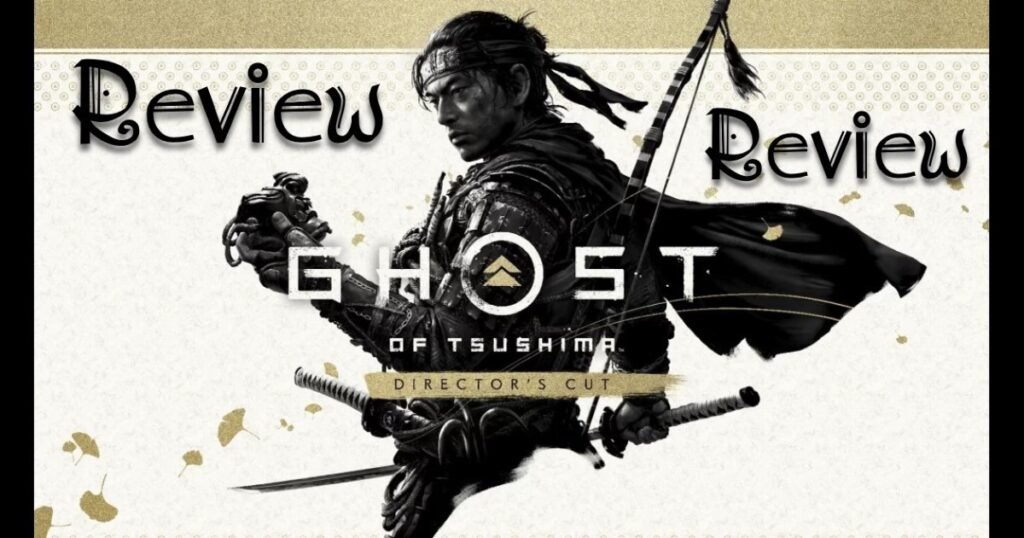
Ever since the Assassin’s Creed series began exploring different times and spaces, there has been a persistent desire for an open-world stealth action game set in feudal Japan. That itch has been effectively scratched with Ghost of Tsushima. Sucker Punch’s latest offering is a stunning adventure through one of history’s most beautiful landscapes, featuring an exceptional blade-to-blade combat system that stands out in the genre.
While the game does stumble in some areas—such as stealth mechanics, enemy AI, and a few minor frustrations—these shortcomings are outweighed by the many moments where the game truly excels. Ghost of Tsushima tells a fictional story grounded in the real historical context of the Mongol Empire’s invasion of Japan in 1274, beginning on Tsushima Island. You play as Jin Sakai, voiced by Daisuke Tsuji, who starts as a samurai. However, after a disastrous defeat, he learns that the honorable yet restrictive samurai code may not be enough to confront this new threat. The narrative centers on Jin’s internal conflict, balancing his traditional teachings with the need to save his homeland at any cost. While it takes some time for the story to gain momentum, it is an engaging struggle, even if Jin himself lacks a certain charisma.
The English voice cast performs admirably, though the Japanese audio track, despite its quality, suffers from poorly matched lip movements. This is a minor issue, as playing in Japanese—especially with the black-and-white Kurosawa mode—is highly recommended. The music throughout the game enhances the experience beautifully, shifting from ambient shakuhachi flutes during stealth to thunderous taiko drums in combat.
The combat in Ghost of Tsushima feels like a magical blend of influences from the Batman: Arkham series, the earlier Assassin’s Creed games, Sekiro: Shadows Die Twice, and classic Kurosawa films. Initially, the combat mechanics seem basic—light attacks, heavy attacks, blocks, and dodges—but what keeps it engaging are the unique stances tailored to counter different enemy weapon types. When it’s at its best, combat is fast, chaotic, tactical, and captures the fantasy of being an outnumbered but skilled samurai.
The little details significantly enhance the combat experience. The minimal HUD and tight camera work allow for an immersive view of the action, while distinct audio cues signal enemy movements, helping players dodge or block effectively. The system is further enriched by the absence of traditional level-based progression. Instead of merely grinding to increase damage or health, players improve their techniques and learn new combat methods. This means you won’t encounter situations where you’re under-leveled for a quest or overwhelmed by tougher enemies; the challenge remains appropriate throughout the campaign.
While the blade-to-blade combat is a highlight, Jin’s stealth mechanics are less impressive. While functional, they become problematic once you’re spotted, as enemies seem unsure how to respond. The stealth tools available to Jin are quite basic, lacking the creativity found in the melee combat. Fortunately, the game allows for aggressive approaches to combat that can be just as rewarding as stealth. At the beginning of most encounters, you can initiate a standoff—a classic showdown where timing your strike is crucial. This mechanic fits perfectly with the samurai theme and adds excitement to direct confrontations.

Ghost of Tsushima also excels in its open-world design. Though it may not fully meet the expectations set by its 2018 gameplay reveal trailer, it remains visually stunning. The game avoids cluttering the screen with intrusive UI elements, instead using subtle cues to guide players. Side quests, known as Tales of Tsushima, are generally more interesting than typical fetch quests, often taking unexpected turns and presenting unique gameplay scenarios.
Character-specific side quests provide deeper insights into the major characters’ arcs and their influence on Jin’s journey. These quests often deal with heavy themes, with some particularly poignant moments. The Mythic Tales, obtained through a musician’s stories presented in animated sumi-e cutscenes, are standout experiences, offering both compelling narratives and valuable rewards.
One of the game’s greatest strengths is its collectible system, where every collectible is tied to a fun mini-challenge, whether through bamboo strikes or engaging platforming sections. However, the lack of a New Game Plus mode was disappointing, leaving limited options for post-game exploration beyond finishing remaining side quests.
Lastly, the photo mode in Ghost of Tsushima is exceptional, offering a range of features, including animated backgrounds and a variety of particle effects. My only critique is that Jin’s emotional expressions often seem lacking.
In summary, Ghost of Tsushima is a rich and densely packed samurai adventure that impressed me with its visual beauty and combat excellence. By introducing new abilities rather than simple stat upgrades, the combat remains challenging and rewarding throughout the 40-50 hours it takes to complete the campaign. While there are some areas needing polish—particularly in enemy AI and stealth mechanics—this is still an extraordinary open-world action-adventure game that addresses several long-standing issues in the genre, all while delivering a truly enjoyable samurai experience.